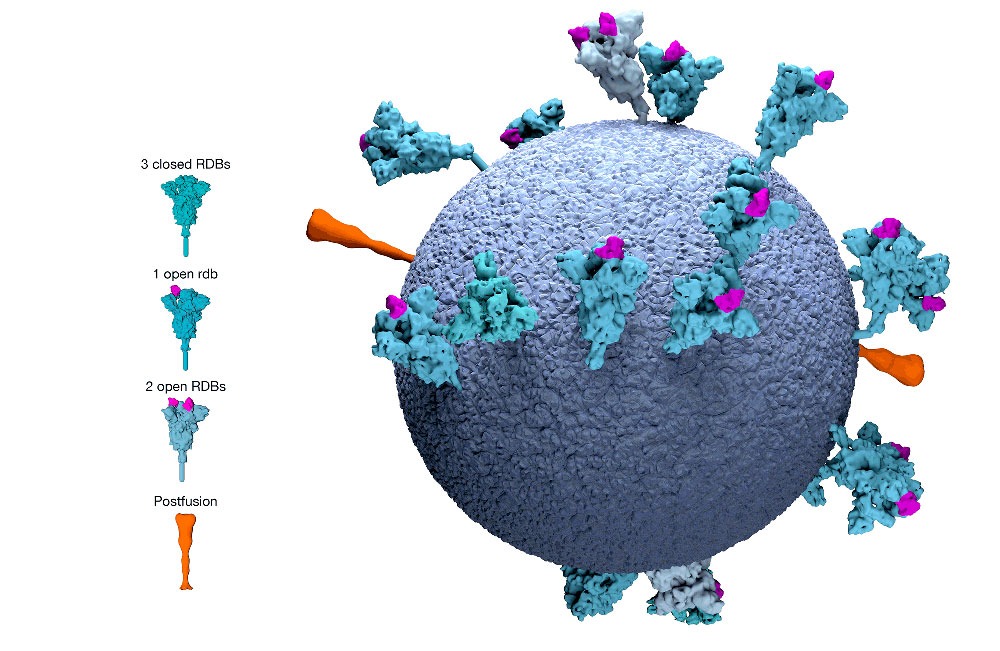
A team of researchers from the World Health Organization is scheduled to arrive in Wuhan on January 14 to investigate the origins of the SARS-CoV-2 coronavirus, and how the pathogen responsible for the largest pandemic in over a century made the transition from animals to humans. Additionally, the rate of severe reactions to the Pfizer-BioNTech vaccine is reported to be “exceedingly rare,” according to the Centers for Disease Control and Prevention.
“Studies will begin in Wuhan to identify the potential source of infection of the early cases,” according to WHO Director General Tedros Adhanom Ghebreyesus.
Although the go-ahead has finally been given for the investigative team to begin their work, Tedros expressed frustration that the necessary arrangements for the investigation took so long to finalize, with the expedition, comprised of experts from around the world, already having been en route to China as of last week. The Chinese government has rejected calls for an independent investigation into the origins of the COVID-19 pandemic, and has exercised tight control over any research being conducted in China regarding the subject.
Tedros also issued a dire warning regarding the emergence of new strains of the coronavirus that appear to be more transmissible than the original variant, saying that healthcare systems around the globe are at risk of being overwhelmed by a fresh surge in cases caused by the more contagious strain. Experts are divided over whether or not these new variants, with two of the more concerning examples first emerging in the U.K. and South Africa, will impact the effectiveness of the new vaccines designed to combat the coronavirus.
But a bit of good news regarding the vaccines themselves has been released, with a report from the Centers for Disease Control and Prevention (CDC) releasing a report saying that adverse reactions to Pfizer-BioNTech’s Comirnaty COVID-19 vaccine are rare, occurring in about only 1.1 people per 100,000 vaccinations, with only 21 recipients out of nearly 2 million doses having an anaphylactic reaction—a potentially life-threatening allergic reaction—in response to the vaccine between December 14 to December 23.
Although this rate is roughly 8.5 times greater than the 1.3 reactions per million doses that occur from the flu vaccine, that one-in-100,000 chance means reactions to the new vaccine are “exceedingly rare,” according to the director of the CDC’s National Center for Immunization and Respiratory Diseases , Dr. Nancy Messonnier.
These findings are based on data from the first 1.9 million vaccinations administered in the U.S. between December 14 and December 23, consisting primarily of doses of the Pfizer-BioNTech COVID-19 vaccine; the CDC is currently monitoring reactions connected to the more recently released Moderna mRNA-1273 vaccine.
Of the 21 individuals affected by an adverse reaction, 17 had a history of allergies or allergic reactions, including reactions to drugs, food and insect stings; otherwise, all 21 of the patients recovered from their reactions. Although the exact ingredient causing the reactions is still under investigation, the prime suspect is polyethylene glycol, a compound used to stabilize the otherwise fragile mRNA assemblies essential to the functioning of the vaccines.
Subscribers, to watch the subscriber version of the video, first log in then click on Dreamland Subscriber-Only Video Podcast link.
Thank you for this comprehensive news article. Some of the scientists who will be traveling to Wuhan were interviewed this week by a journalist who posted some of their updates on Twitter. I replied to the journalist to suggest that this team of scientists 1) collect samples from all marine mammals who have been sold live or whose meat has been sold at any Chinese food markets; these animals probably include dolphins, whales, otters, and the like; in news reports on Chinese viral samples collected in early 2020, I only saw mention of samples from land mammals, but sea mammals should not be overlooked. 2) I also asked that the team of scientists collect samples from animals found in Chinese mines, such as bats, mice, rats, and any other mammals found there; that’s because recent news articles have reported some outbreaks of viral infections in China connected with mining activity.
I suspect the Chinese probably had a vaccine quite a while back. They’ve never been known for their transparency. I had heard rumors that a disgruntled ant government Chinese worker released the vaccine on purpose to make China look bad. Who knows what is really going on with this and I suspect it may be quite a few years before we really get the whole picture.
Kind of hard to trust the WHO in my opinion. Their second biggest financial contributor after the US is Bill Gates – who has an awfully strange interest in global depopulation. I won’t be so quick to go making myself a pincushion for these characters.
I’ve read that this virus could possibly be related to the bat virus from the mining cave incident in 2013. They (the Chinese government) sent workers into the cave to clean up bat guano and they got sick with a mysterious viral illness. A couple died from it. I believe the Chinese took samples of this virus and have been researching it ever since (at Wuhan). It probably was accidentally released since the Wuhan lab was written up for a lot of violations over the years. A version of this virus has probably been circulating throughout the world since 2013 and a modified one which just happens to be worse (wink, wink) “got loose”. Playing with fire will eventually burn you.